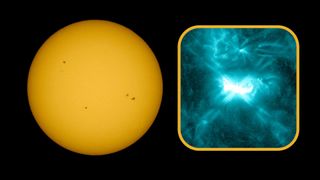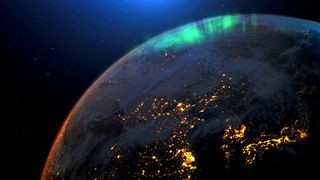Space Weather, Solar Flares & Sun Storms: Latest News
Latest about space weather
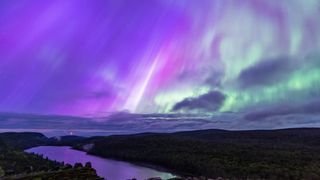
Aurora alert! Incoming cannibal solar storm could spark Labor Day northern lights show
By Daisy Dobrijevic published
A pair of solar eruptions may combine into a powerful "cannibal CME," boosting chances for dazzling auroras over Labor Day.
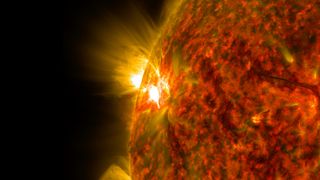
Meet Surya, the 1st-of-its-kind AI model NASA and IBM built to predict solar storms
By Tereza Pultarova published
A new NASA-IBM algorithm called Surya could be a major leap in space weather forecasting.
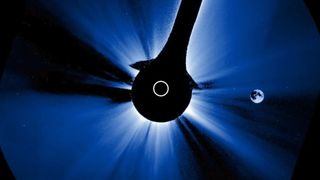
Moon photobombs the sun in wild NOAA satellite image | Space photo of the day for Aug. 27, 2025
By Kenna Hughes-Castleberry published
The National Oceanic and Atmospheric Administration (NOAA) saw the moon pass almost directly in front of the sun and captured it on a coronagraph.
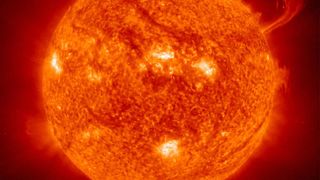
Reining in the sun: Venus, Earth and Jupiter may work together to reduce the risk of extreme solar storms
By Sharmila Kuthunur published
Tidal forces from Earth, Venus and Jupiter may help keep the sun calm, reducing the risk of powerful solar storms that threaten Earth, a new study suggests.
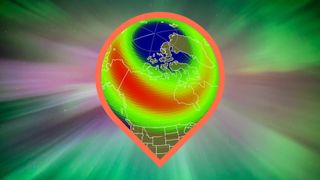
Northern lights may be visible in these 10 states overnight Aug. 19-20
By Daisy Dobrijevic last updated
Auroras may be visible from Alaska to Washington as an incoming speedy solar wind could spark geomagnetic storm conditions overnight.
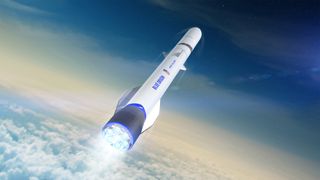
Blue Origin's 2nd New Glenn rocket launch will fly twin NASA Mars probes to space on Sep. 29
By Josh Dinner published
Blue Origin's powerful New Glenn rocket will launch NASA's ESCAPADE Mars mission no earlier than (NET) Sep. 29.
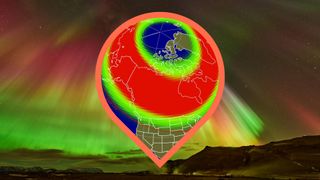
Northern lights may be visible in these 18 states Aug. 8-9
By Daisy Dobrijevic last updated
Auroras may be visible from Alaska to Illinois as an incoming solar storm could spark geomagnetic storm conditions overnight.
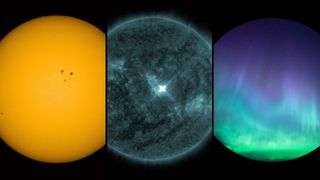
Solar eruption from Earth-facing sunspot could trigger northern lights Aug. 8 (video)
By Daisy Dobrijevic last updated
The M4.4 solar flare unleashed a coronal mass ejection (CME) into space — and Earth might just receive a glancing blow.
Breaking space news, the latest updates on rocket launches, skywatching events and more!
